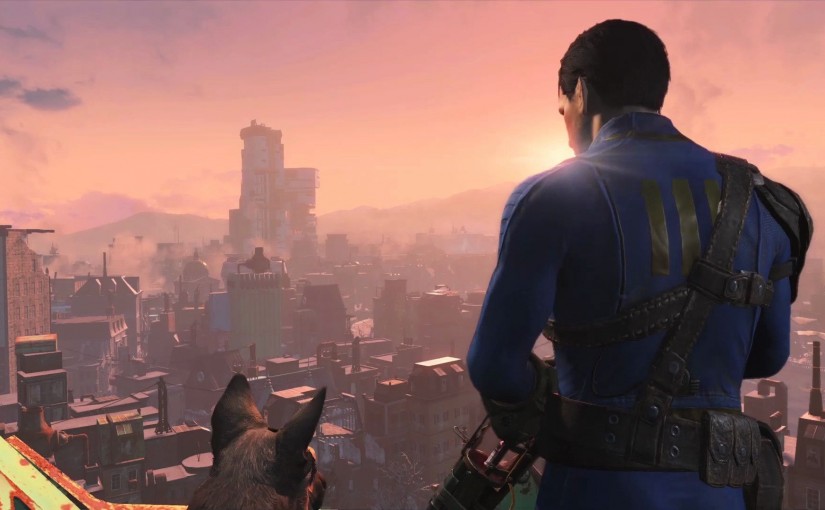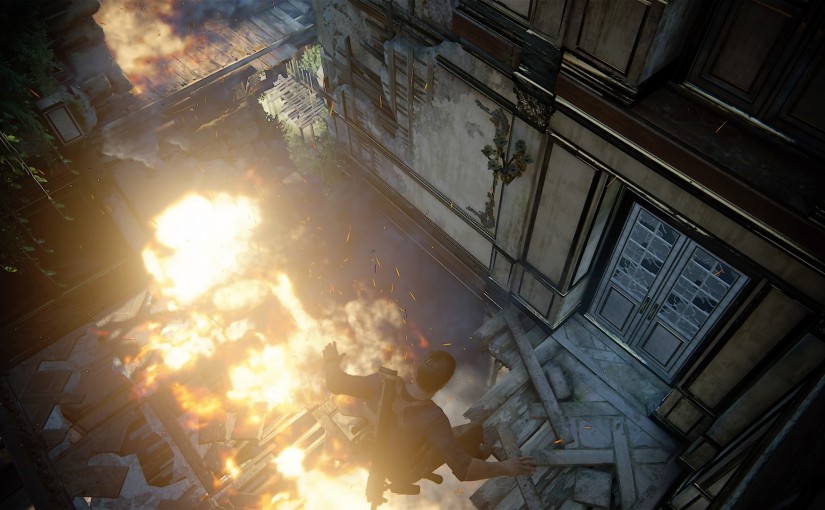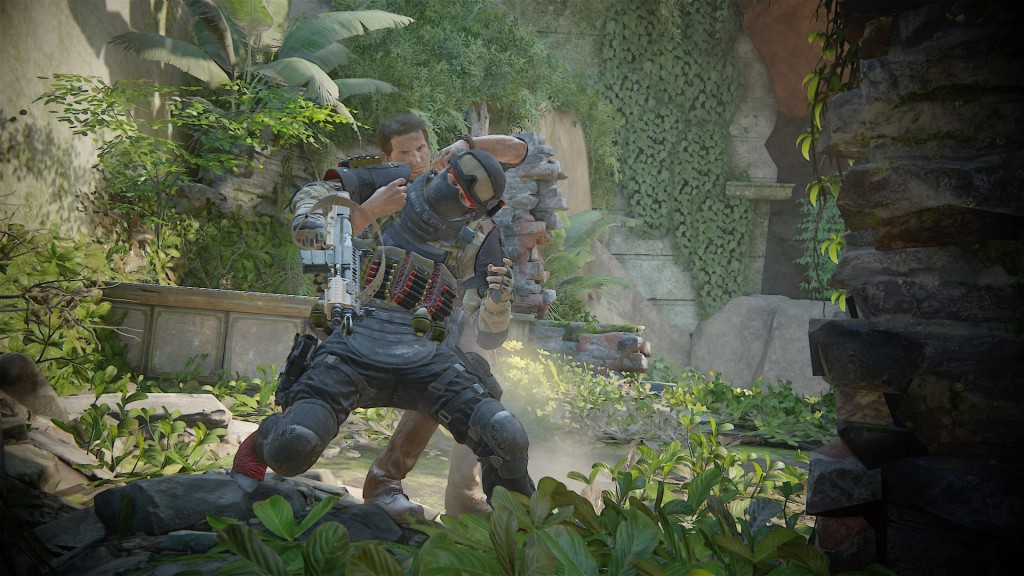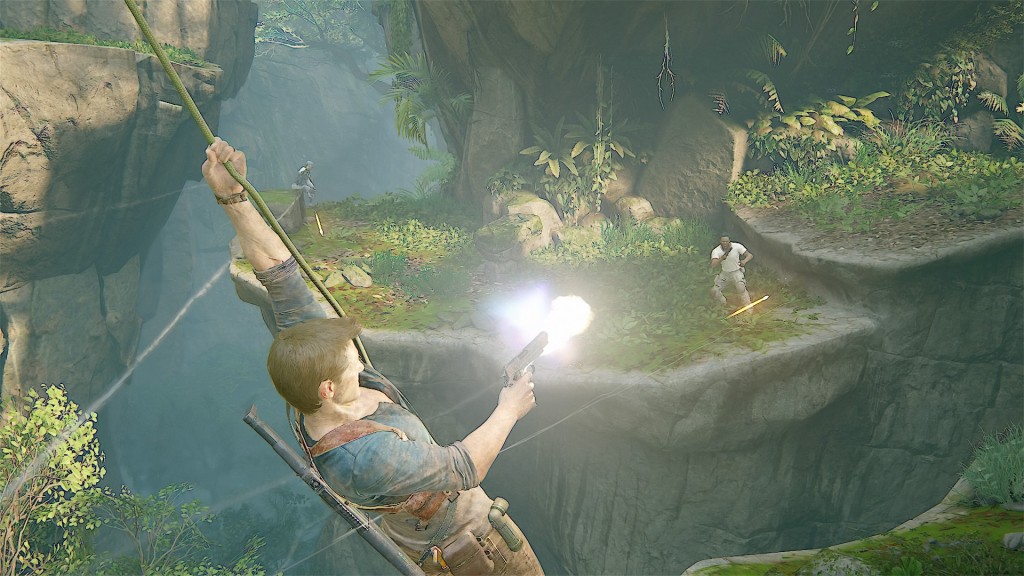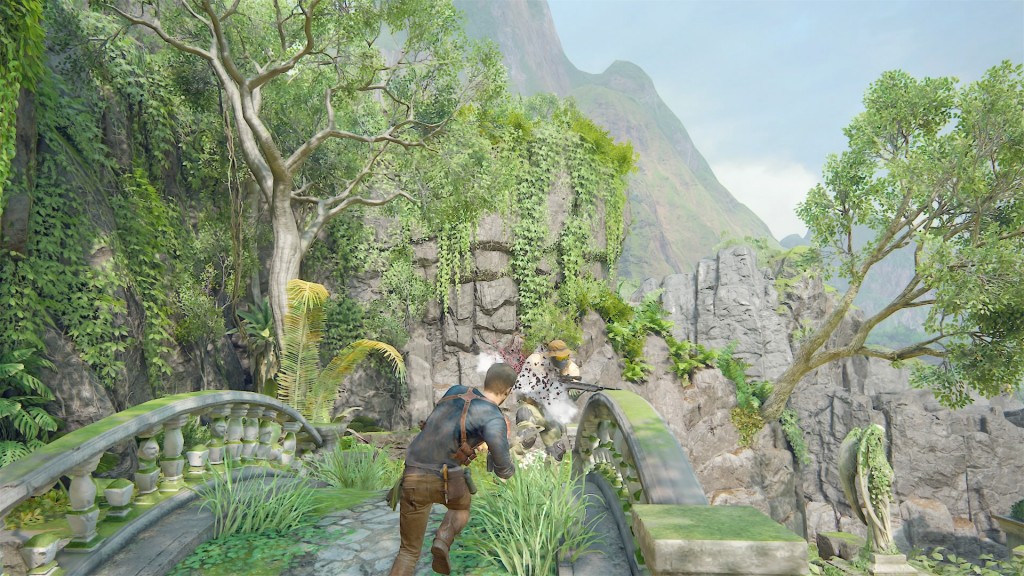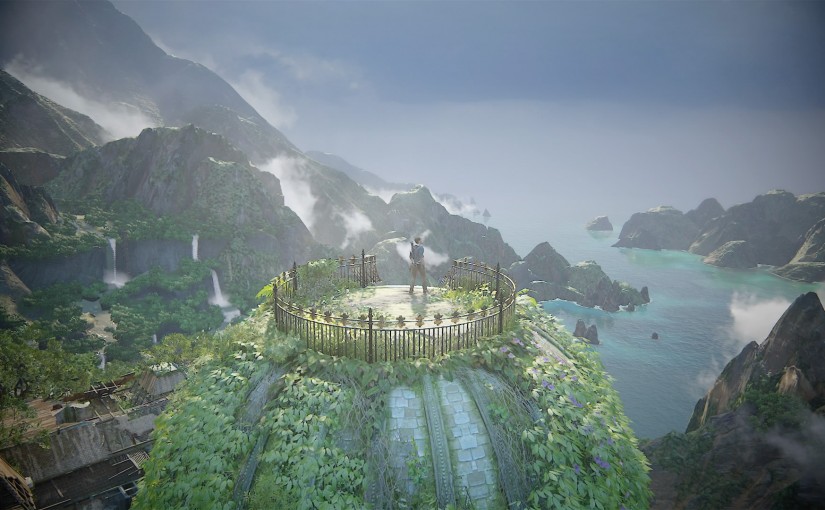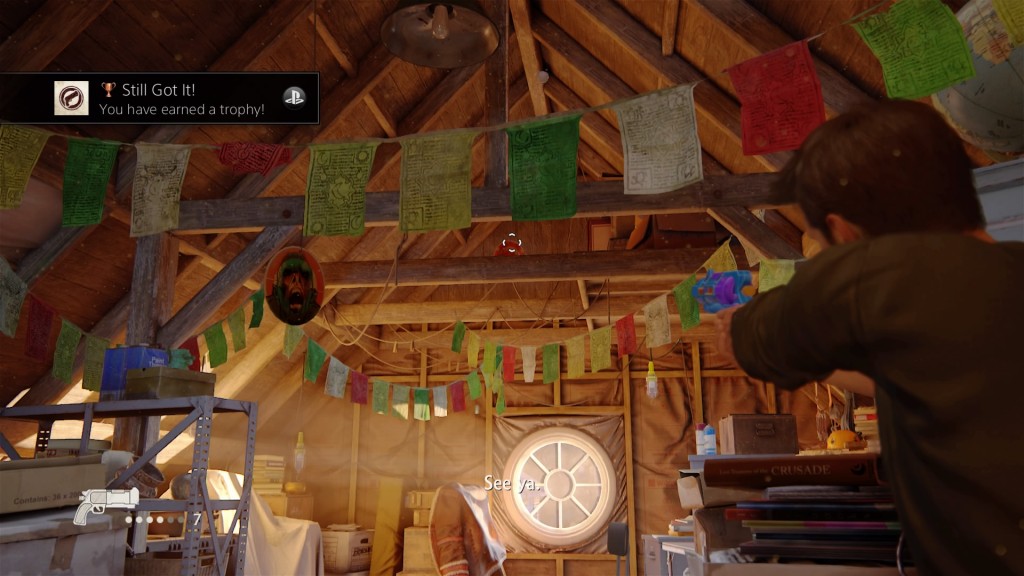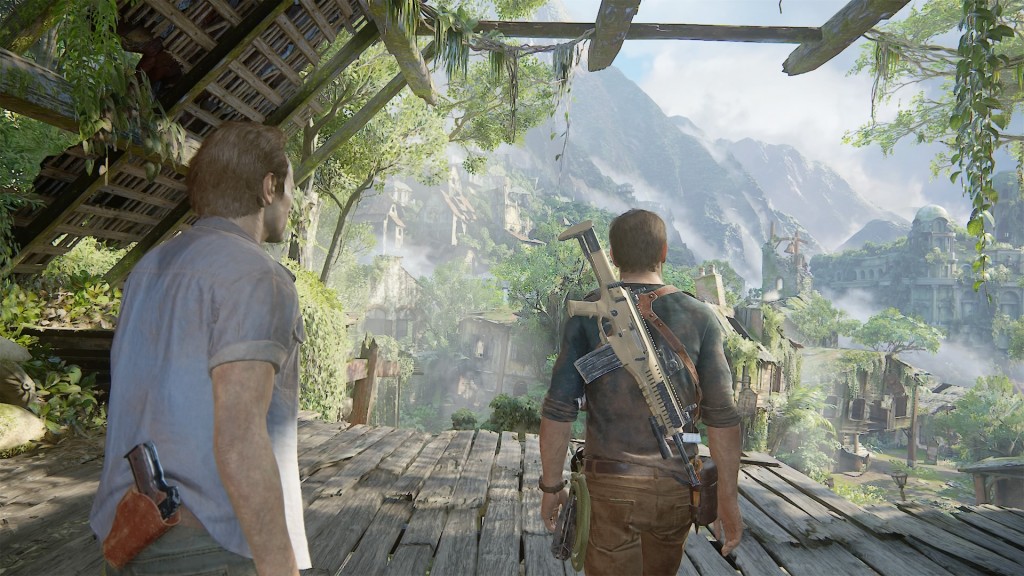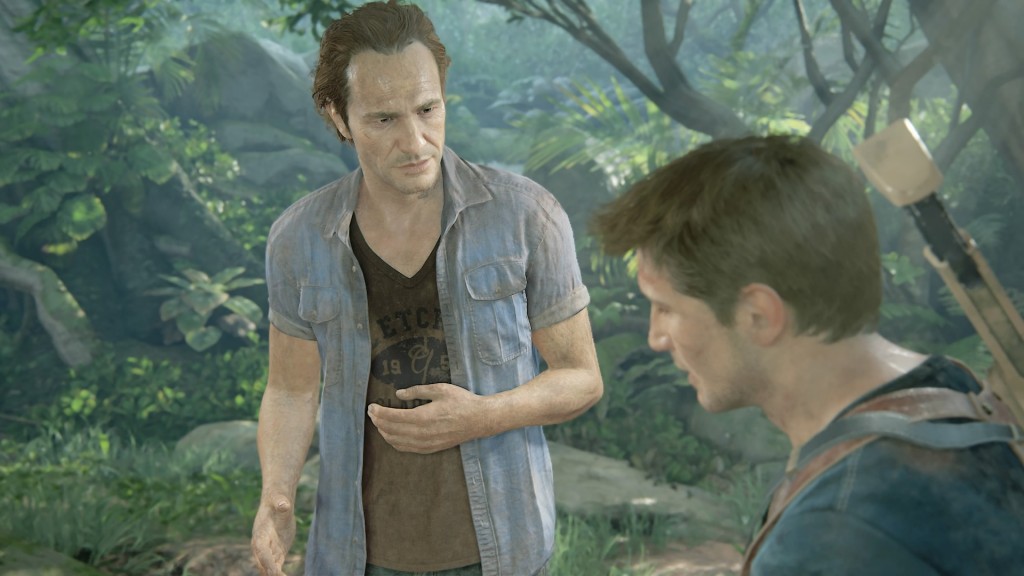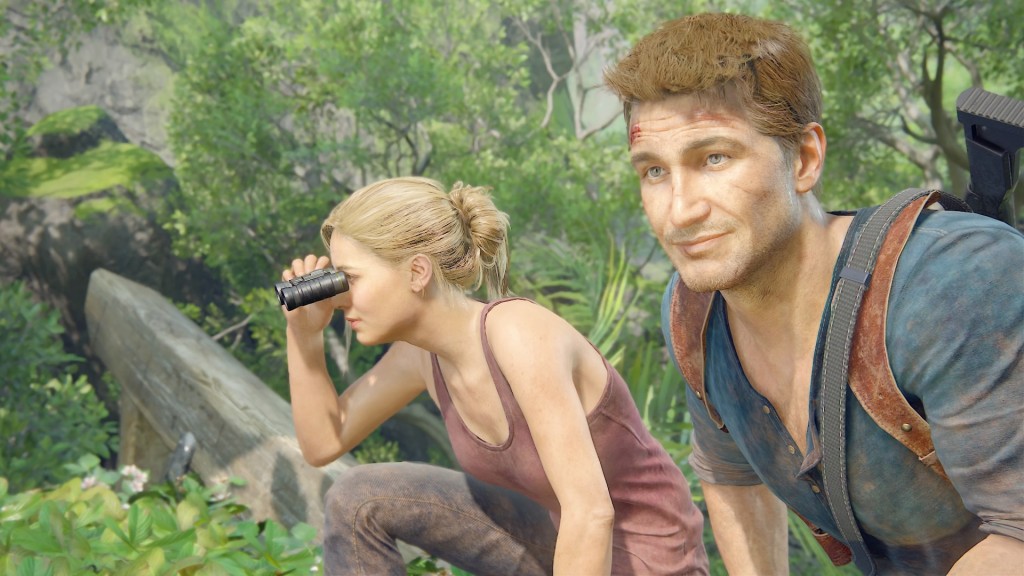written by Ian Hertzberg
First off, before people accuse me of bashing Fallout 4 I ‘d just like to say that I love the game and I am one of the biggest Bethesda Softworks fanboys that I know, but just because you love something doesn’t mean you can’t be critical of it. (Sidenote: Do not apply to friends and family)
Fallout 4’s narrative starts off with your character’s life and family being shattered by total atomic annihilation. Your hometown is destroyed, most of the world population dies, your spouse gets murdered, and your son gets kidnapped while you are forced to watch helplessly from the sidelines. It is a pretty hard-hitting and emotional opening. As your character ascends into the world from Vault 111 there is a definite sense of dread and loss as you look upon your neighborhood, Sanctuary Hills, and the rest of the commonwealth of Massachusetts in complete and utter ruin. The game guides you through a couple tutorial-esque missions before giving you direction to head to a place called Diamond City to search for your lost son, and then . . . Fallout 4 derails its own narrative.
Fallout 4’s world is huge and expansive with plenty to do, such as side quests, exploring unique locations, looting, crafting, joining a faction, and creating and helping various settlements in the wasteland. For me and a few other people who’ve played the game this all ended up taking precedences over finding your missing son. Your missing 1-year-old son lost in a post-apocalyptic nuclear wasteland filled with, raiders, cannibals, mutants, ghouls, and a million other horrors. You’re telling me that a parent that awakens 200 years after the world is nuked to hell would rather be saving total strangers, building settlements, or taking a scenic tour of Walden Pond? I think not!
If it was my actual child I would have torn ass to Diamond City first chance I got and Fallout 4 gives you the means to do just that. Within the first hour or so of gameplay they hand you Power Armor and a minigun. More than enough protection for you to make it to Diamond City in one piece but, instead most players, myself included, seem to find themselves wandering around exploring the huge and expansive world Bethesda has created. Which is great! Bethesda’s believable world building and design are some of the things that make their games truly unique and special, it is what makes Bethesda such a popular and beloved game development studio, but the same thing that makes them great hurts the genuinely great narrative created for the game.

Every bit of Fallout 4’s gameplay and design urges most players to go and explore and do whatever they will in its open world, but it creates a disconnect with the motives of the protagonist Bethesda created. However you play your character, whether you help the people of the wastes or pillage and steal, there is no getting around the fact that your character was written with the desire to find their son and track down their spouse’s killer. Your character will unavoidably say so at multiple points. This takes away the freedom players had in previous Bethesda titles where their character was more or less a blank slate that could be whoever they wanted. In Fallout 4 you can act as you want, but your character’s initial goal is finding their son, no matter what choices you make. You are forced to play as a character that constantly reminds people of their desire to find their son, but instead does a million other things such as helping or robbing total strangers, building settlements, or salvaging crafting materials, because that’s what the player naturally wants to do. The person behind the controller isn’t going to care nearly as much about the virtual baby that only got a few minutes of screen time before being stolen, but the character definitely should and that emotion should transfer to the player, it should invest them in their troubles, that’s when stories are at their best and where video games have great potential for emotional storytelling.
This conflict could be resolved in a few ways, either you make the player want what the character wants, which would involve making the player far more emotionally invested in their family from before the war. If players could have spent more time with their character’s spouse and child before the bombs dropped they would might care about them and have a stronger sense of urgency to match that of their character.

Another method is designing the game in a way that what the player wants to do becomes essential to accomplishing the main character’s goal. For example if Power Armor and other great equipment wasn’t handed out at the beginning of the game you’d be forced to explore and scavenge to prepare for your journey to Diamond City or if there was a series of challenges that were essential to reaching Diamond City other than just reaching the city itself that would have made the game’s narrative much stronger because players would have done what they wanted to do as part of the mainstory. The impulses of the player would have been incorperated more clearly into the plot.
Lastly, you could remove the urgency from the story, which would probably ruin the current story or involve the creation of a completely different story, but it would solve the problem. If you knew for sure that your son was safe for the time being or if Fallout 4 narrative went in a different direction that didn’t involve the whole missing child angle. There would be no disconnect you’d be free to establish your character’s own agency and desires
Now, I’m not saying that this ruined Fallout 4, the game is still fantastic, and in my opinion an all around great game that deserves all the critical praise it has receiving, but I believe that with a few tweaks Fallout 4’s narrative could have been so much more emotionally rich and engaging to players with a more cohesive meld of the games narrative and its design.
So, what do you think? Am I being way too nit-picky? Do you find issue with Fallout 4’s story like me? Are they the same issues or different ones? Let me know what you think in the comments section.
Hmm . . . Now, that I think of it Fallout 3, in a way, did all of the things I talked about in this article. They made the player care about the character’s objective, they made what the player wanted essential to completing the character’s goal, and they didn’t create a story that forced urgency on the character, but that . . . is an article for another day. Thanks for reading!
